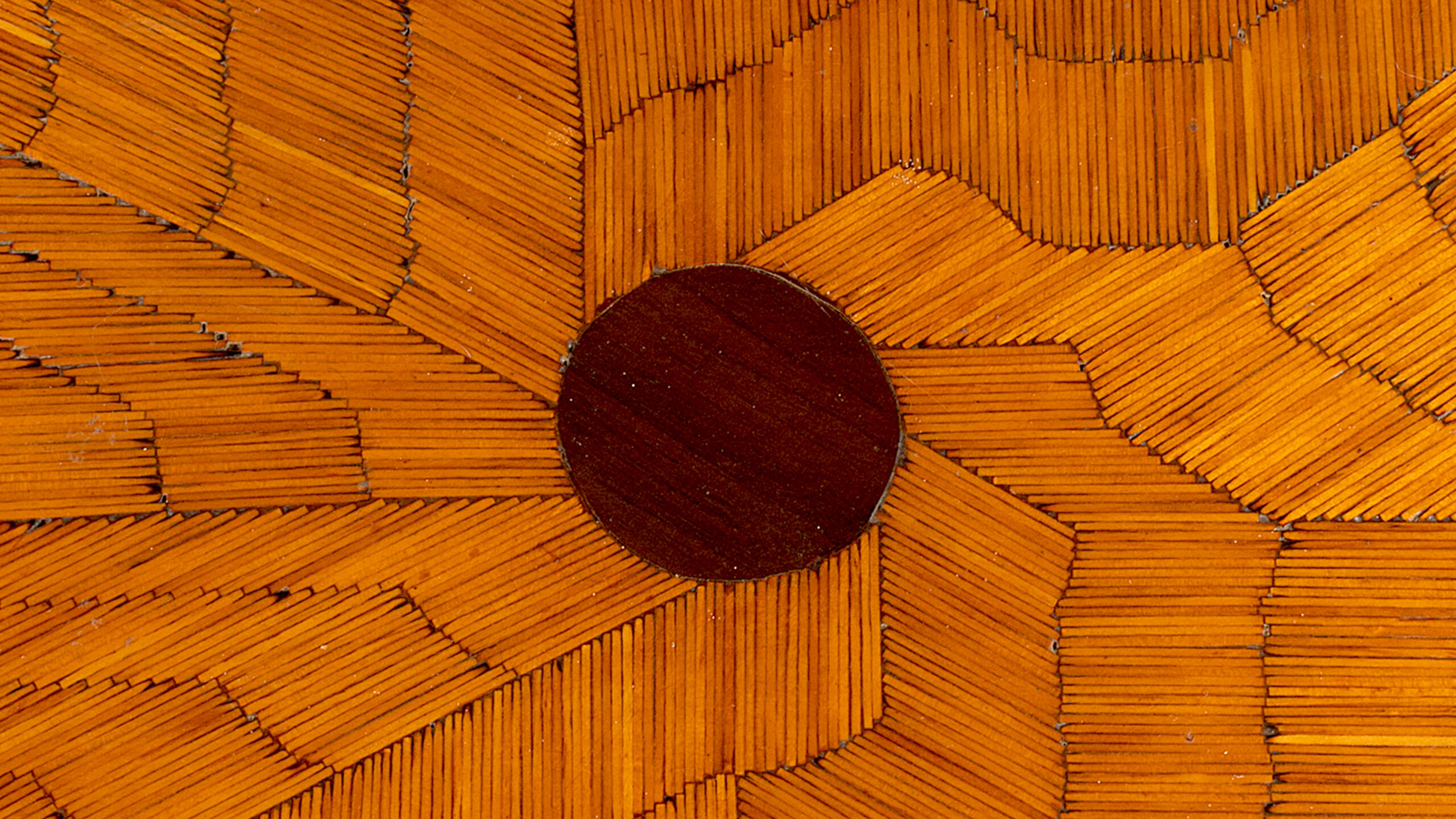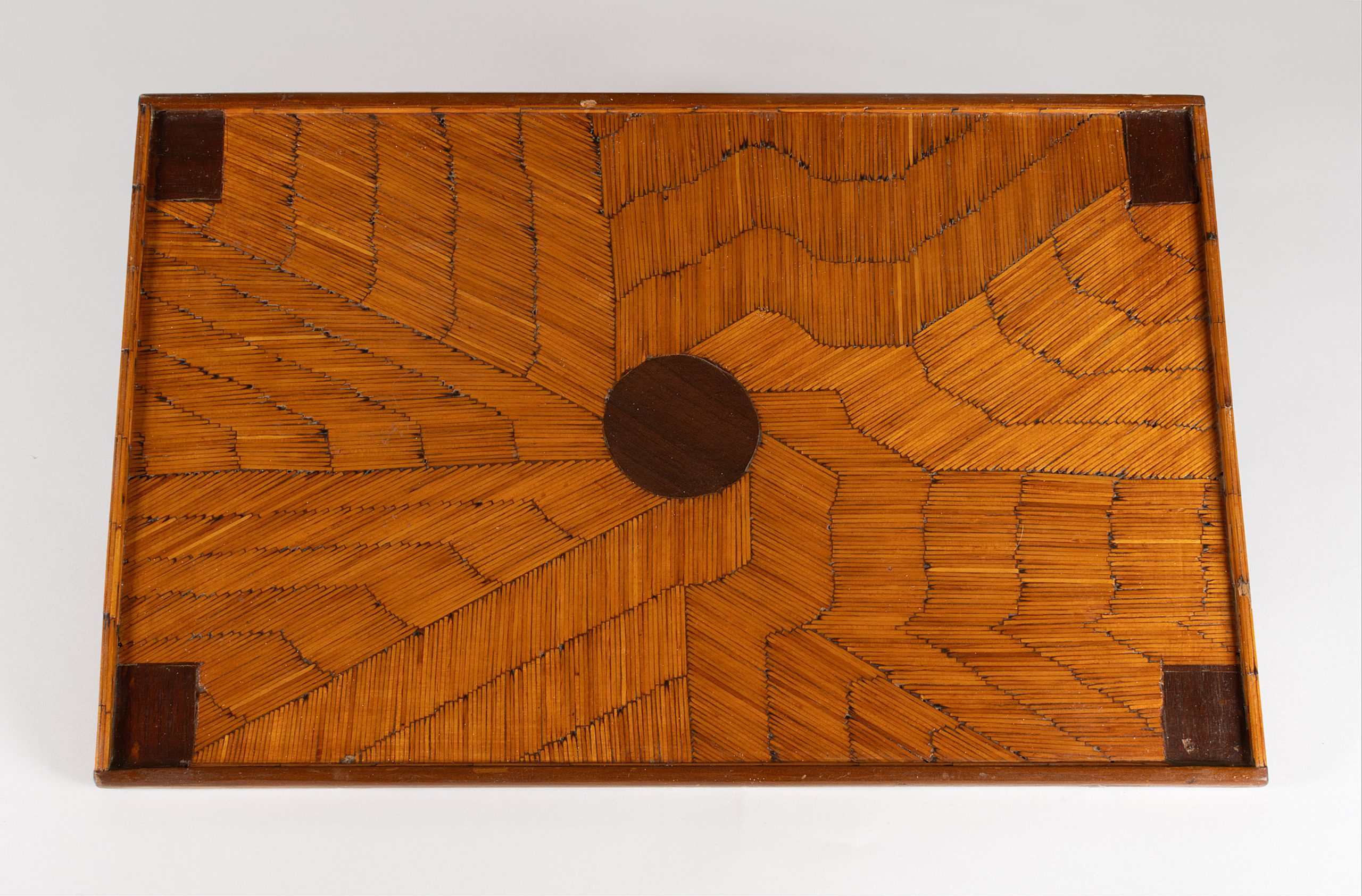Creative Escapes
A Century of Narrabri Gaol
‘When completed, the building will be a handsome ornament to the town as well as a secure asylum for those who are unfortunate enough to deserve its doors being closed upon them.’ (Reporter from The Maitland Mercury and Hunter River General Advertiser, 1881.)
Built between 1880 and 1881, Narrabri Gaol was constructed by a local contractor, Joseph Conlon (d. 1903), following architectural designs made by prolific architect James Barnet (1827-1904). The upgrade of the local lock-up came on the heels of five prisoners escaping who managed to remain at large well after the event – ranging from months to years.
As the longest-serving head of the Colonial Architect Office from 1862-1890, Barnet’s mark on NSW architecture is immense. His designs expanded the gaol’s capacity for prisoners from less than ten to over forty while improving security measures.
However, only a few years later there was reported wear and tear to the building, including rain-affected walls threatening to collapse. Another months-long escape in 1902 would lead to further refinement of security measures.
According to reporting early in its operation, those kept in the gaol were often sentenced to hard labour for periods of less than a year. However, over time, approaches to gaoling and sentencing began to shift from a solely punitive style to one which aimed to reform prisoners and reduce repeat offences.
By the mid-1900s, one strategy was the introduction of craft and/or leisure activities. This matchstick tray, crafted by a Narrabri inmate, was one example of an activity intended to give an inmate leisure time while also building practical skills that were useful in the outside world.
In 1982, Narrabri Gaol was deproclaimed, citing operational costs and its lengthy operation of 101 years, but within the decade it reopened in a new form. Based on its famous architect and long-term local significance, it was decided that the site would become heritage-listed. Now known as Narrabri Old Gaol Heritage Museum, the building has truly solidified its place as ‘a handsome ornament to the town.’







